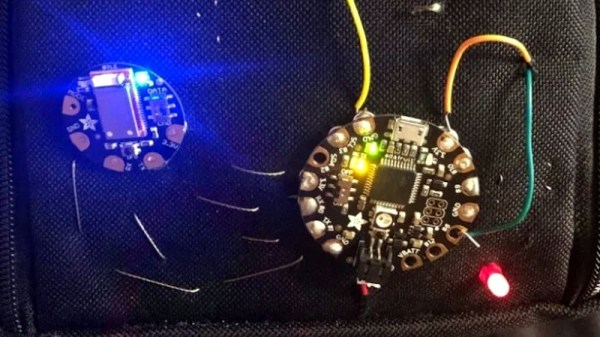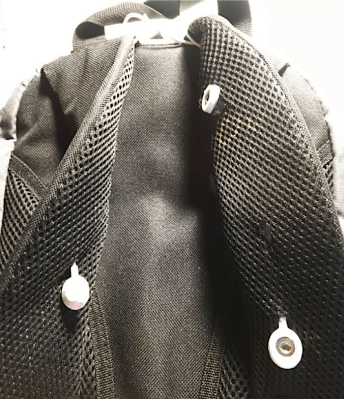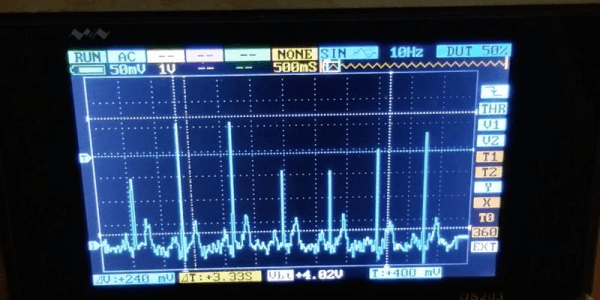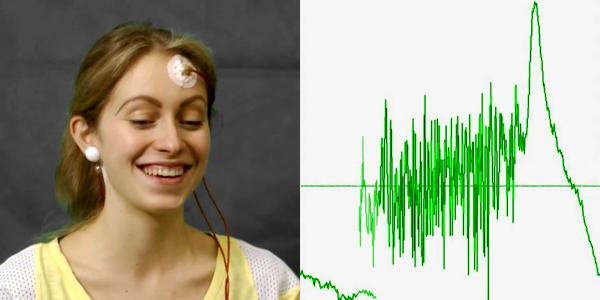Much of the world’s medical equipment is made by a handful of monopolistic megacorps, but [Milos Rasic] built an open cardiography signal measuring device for his master’s thesis.
Using a Pi Pico W for the brains, [Rasic]’s device can record, store and analyze the data from an arm cuff, stethoscope, electrocardiograph (ECG), and pulse oximeter. This data can be used for monitoring blood pressure in patients and he has results from some of his experiments to determine the optimal algorithm for the task on the GitHub if you really want to get into the nitty gritty details.
Inside the brick-sized enclosure is the custom PCB, an 18650 Li-ion cell, and a pneumatic assembly for the arm cuff. Medical sensors attach via GX12 connectors on the back, a USB type B connector is used for data, and a USB C connector provides power for the device. The brightly colored labels will no doubt come in handy in a clinical setting where you really want to be sure you’ve got everything plugged in correctly.
Want more open medical equipment? How about an open ECG or this less accurate, but more portable, credit card ECG? We’d be remiss not to mention the huge amount of work on ventilators during the worst days of the COVID-19 pandemic as well.


















